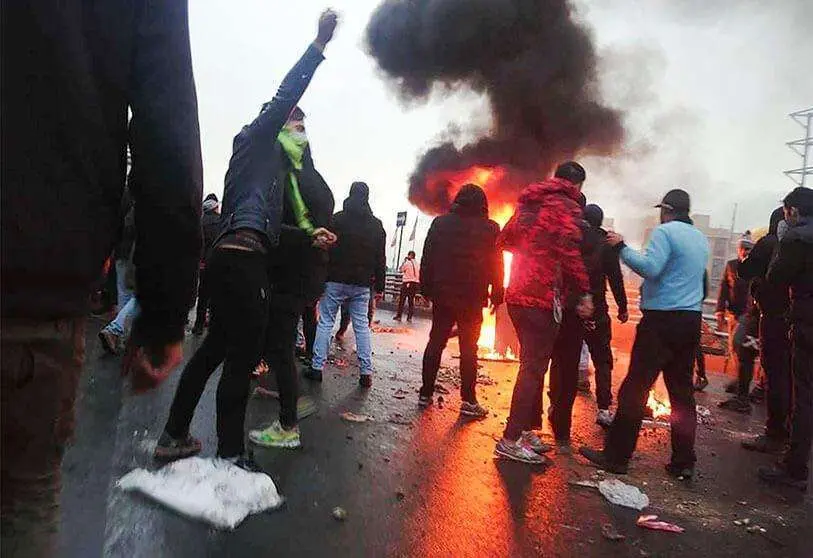There is still much blood to be shed in Iran

More than 500 people have been legally executed in Iran in the last year, i.e. as a result of sentences handed down by Iran's ruthless Islamic courts. A brutal increase in repression that demonstrates both the harshness of a regime willing to defend its power at any cost, and the desperation of a people fed up with the prospect of enjoying the freedom they see in Western democracies.
This has been revealed coinciding with the call on social media for new demonstrations across the country under the slogan that emerged in the wake of the death on 16 September of the young Kurdish woman Mahsa Amini, while in the custody of the notorious Morality Police. The proclamation is simple: Women, Life and Freedom. In the eyes of Iranian women, and also for the first time of the many men who support them, this denunciation is summed up in the obligation to cover themselves properly with the Islamic veil, which even covers women's hair, a cause for scandal as far as the rigorist and rather altered minds of the ayatollahs are concerned.
A new and brutal internal battle for power seems to be raging within the regime right now. This is evidenced by the ambiguity surrounding the supposed disappearance of the aforementioned Morality Police, instituted in 2005 as the culmination of a litany of measures aimed at entrenching Islamic-religious power, and limiting the margins through which an explosive youth's desire for freedom could spill over. The leader of the 1979 Revolution, Ruhola Khomeini, then made it compulsory to wear the Islamic headscarf, which was also included in the Penal Code as a special law in 1984. The creation of the Morality Police in 2005 was the latest twist to show women who was in charge and that if they wanted to share public space with men they could only do so in uniform under this cloak of submission on pain of severe punishment.
The announcement on 3 December by the attorney general, but without subsequent corroboration, raised some hopes that we might be on the verge of the collapse of a regime that has not only subjected its citizens to brutal control and repression, but also to tension-ridden clashes and proxy wars across the Gulf region.
Among those who have dared to demonstrate in memory of Mahsa Amini in defiance of the regime, more than 300 have already been killed, while several thousand have been confined in prisons where torture is the norm. Arrests have multiplied and internet censorship makes it a heroic feat to get images out of the country that attest to what is happening in Iran's major cities.
Achieving respect for women, life and freedom in Iran, as they claim, is certainly not for tomorrow. There is still a lot of blood to be shed for that to happen. In the meantime, the pasdaran of the Republican Guard will consolidate the power they already hold as the real pillar of the regime. The ayatollahs will continue to be the cherry on top of the regime, with different clans clashing, of which the one that retains primacy is that of the Supreme Leader, Ali Khamenei, followed by that of the current president, the ruthless Ebrahim Raisi.
It may well be that the youth of Iran's youth will eventually bring down the ayatollahs, but they will not succeed in doing so, at least not simultaneously with the regime's most armed elites. Hence, it is safe to say that the new phase that may come about will undoubtedly be that of a military dictatorship, capable of making a few concessions that will provoke a mirage of freedom as a breath of fresh air, but without touching the foundations and levers of its immense power.

